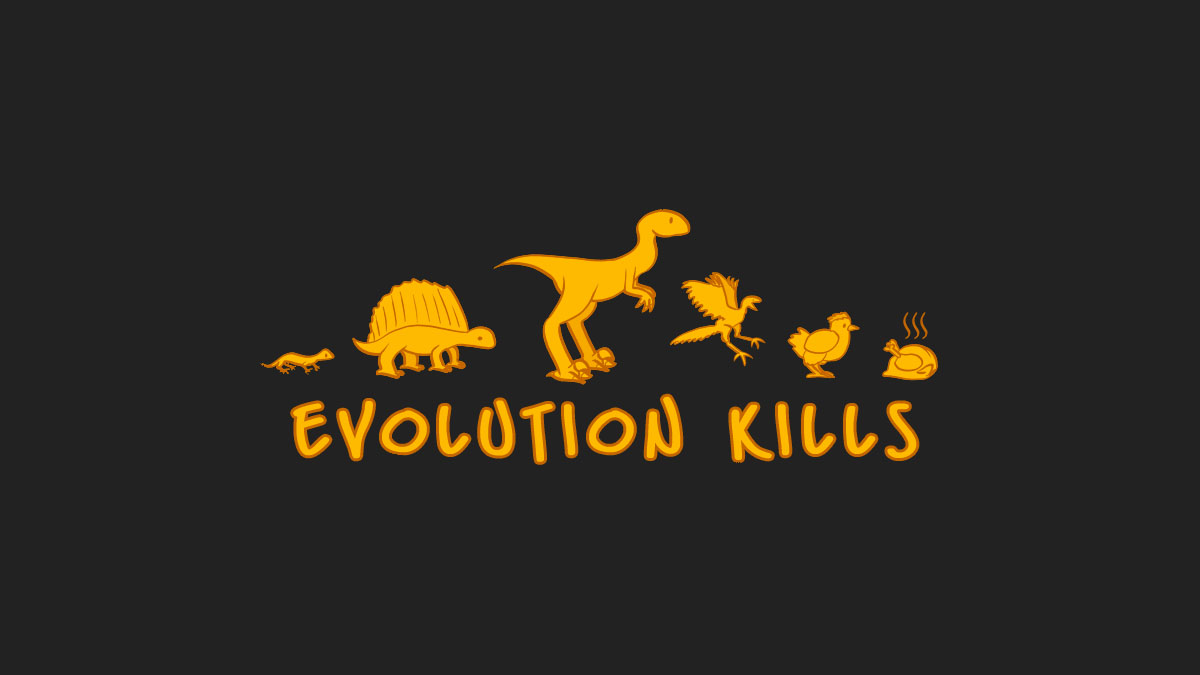looking for design in all the wrong places…

Often, when I write critical comments about creationism aka “intelligent design,” plenty of readers like to ask me how random, unguided forces of evolution could possibly produce creatures that seem to be so perfectly tuned to their environments. Ordinarily, I’d point out that the non-random process of natural selection would quickly eliminate organisms not suited for the ecological niches in which they evolve, but that doesn’t work on creationists. For them, history flows in reverse and every animal has to be predestined to occupy it current niche, otherwise the world makes no sense.
So instead, I try to point out that evolution doesn’t actually produce perfectly tuned organisms and if there’s some grand designer behind every living creature, he would probably get a D for his over-engineered work. Need a few examples? Well, here are a few of my favorites from a list of ten atrocious evolutionary “designs” compiled by Wired Magazine.
4 Giraffe birth canal. Mama giraffes stand up while giving birth, so baby’s entry into the world is a 5-foot drop. Wheeee! Crack.
5 Goliath bird-eating spider exoskeleton. This giant spider can climb trees to hunt very mobile prey. Yet it has a shell so fragile it practically explodes when it falls? Well, at least it can produce silk to make a sail. Oh, wait — it can’t!
8 Slug genitalia. Some hermaphroditic species breed by wrapping their sex organs around each other. If one of said members gets stuck, the slug simply chews it off. What. The. Hell?
And I can think of many more cases in which existing biological structures just don’t seem to be built for the way we use them. Our bodies alone suffer all sorts of ailments from walking upright, sitting for extended periods of time, and having caloric requirements needed for a feral world in which you never know when your next meal is coming, rather than industrialized societies in which food generally comes on schedule.
Here’s what would convince me that there might be some design behind our biosphere. Not only would we share the same structures for transmitting hereditary information and basic genetic toolkits, we would also have very simple, efficient bodies which would be compartmentalized and easily interchanged, like Legos. Rather than praise our over-elaborate complexity as proof of design, maybe, just maybe, creationists should take a few industrial design courses and learn the real hallmarks of good design before trying to look for it in nature.





